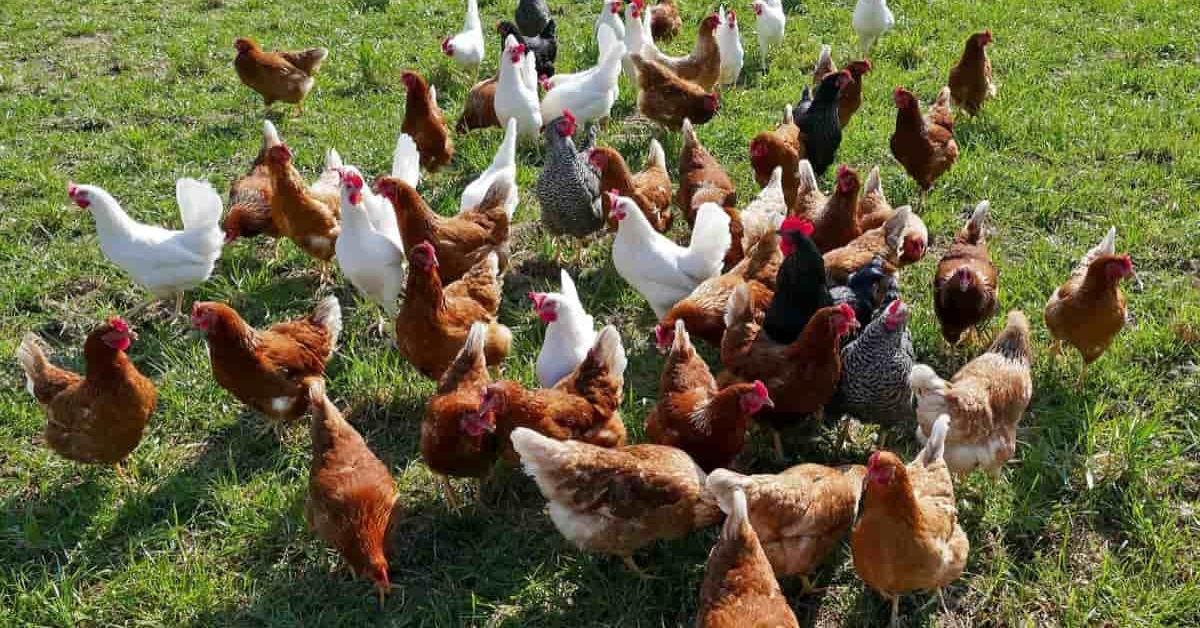Poultry farming requires careful planning to balance the flock’s needs while making the environment family-friendly. One major part of maintaining a healthy environment for both is having an efficient pest management plan. Pests can compromise the health and safety of the farm’s inhabitants, humans and animals. Here are some tips tailored for poultry farming that can create the ideal space for families and feathered friends to live harmoniously.
Understanding the Importance of a Healthy Poultry Farm
Pests in a poultry farm can come in many forms, from insects, like mites, ticks, and lice to rodents. Each type has a unique set of challenges and risks. Pests, if left unchecked, can carry ailments that can cause harm to the flock and the humans living in the farm. The longer the issues are ignored, the more difficult the infestations become to manage, hurting farm growth and shortening poultry lifespan. This is all the more reason to ensure pest prevention and management are implemented year-round.
Integrated Pest Management
Integrated Pest Management (IPM) is a holistic and sustainable approach to poultry farming. This method focuses on prevention, biological control, and minimal use of chemical interventions, aligning with organic and eco-friendly farming principles. Here are some key elements of IPM.
- Biosecurity measures: Organizing strict security measures is crucial to prevent pests from entering the farm. It includes controlled access for visitors, proper sanitation procedures, and quarantining new poultry arrivals to prevent the spread of diseases.
- Natural predators: Introducing natural predators of common poultry pests can be an effective control method. For example, chickens are known to consume insects and small rodents, proving a natural and sustainable pest control solution.
- Proper waste management: Pests thrive in environments with abundant food sources. Proper waste management, including the timely removal of litter and manure, reduces the attraction of pests.
- Composting: Composting isn’t just a fancy term; it’s a superhero move in the pest management world. It gives leftovers a second chance at life and turns them into a powerhouse of nutrients for the environment.
- Regular monitoring: It’s crucial to regularly check the poultry housing, surrounding areas, and the farm chicks and adult birds themselves to catch pest issues early on. This proactive strategy allows for swift intervention before things get out of hand. Monitoring is also key to optimizing feed efficiency, water quality, and environmental conditions. Farm caretakers can adapt practices in real-time based on data, ultimately boosting the farm’s sustainability and profitability.
Control Measures for Specific Types of Pests
Here are various ways to control the different pests common in poultry farms.
1. Mites, Lice, and Ticks
Dust baths: Provide designated areas for dust baths, as dusting is a natural behavior for chickens. Dusting helps control external parasites like mites and lice.
Herbal sprays: Create herbal sprays by mixing water with a few drops of essential oils, such as neem, eucalyptus, and lavender. These natural solutions can be sprayed on the birds and around the coop to repel pests.
2. Rodents (Rats and Mice)
Secure feed storage: Rodents are attracted to feed sources. Secure feed storage to maintain the quality and safety of poultry feed. Store feed in tightly sealed, rodent-proof containers to prevent easy access. Regularly inspect storage areas for potential entry points, sealing gaps and cracks. Elevate feed storage above ground to discourage rodent nesting. Follow a routine cleaning schedule to remove spilled feed promptly, eliminating attractants.
Seal entry points: Regularly inspect the poultry housing for any gaps or openings that rodents could use to enter. Seal these entry points with materials like steel wool or concrete.
Traps and baits: Place humane traps or bait stations in strategic locations to control rodent populations. Choose pet-safe options to minimize risk to family pets in the vicinity. Consider investing in professional pest control services for comprehensive prevention and monitoring, safeguarding the nutritional integrity of poultry feed and overall flock health.
3. Flies and Mosquitoes
Proper waste management: Flies are attracted to decaying organic matter. Proper waste management, including removing manure and using composting systems, reduces fly breeding grounds.
Fly traps: Use fly traps or sticky tape to capture flies within the poultry housing. Ensure these traps are placed away from the birds to prevent accidental contact.
4. Ants
Natural repellents: Deter ants by using natural repellents such as vinegar, cinnamon, or citrus peels. Sprinkle these substances around the coop and nesting areas to discourage ants.
Boric acid baits: Create boric acid baits using a mixture of boric acid and a sweet ingredient like sugar. Place these baits in areas frequented by ants but out of reach of the poultry.
Conclusion
Guarding a chicken farm against pests is crucial for creating a safe and sustainable environment for the chickens. It’s about proactive pest control strategies, not just handling issues as they arise. This forward-thinking approach strengthens the farm’s future resilience. Ensuring chicken happiness means more than a thriving farm; it spreads joy throughout the community. Protecting chickens showcases responsible farming, highlighting how today’s actions affect future harmony.
